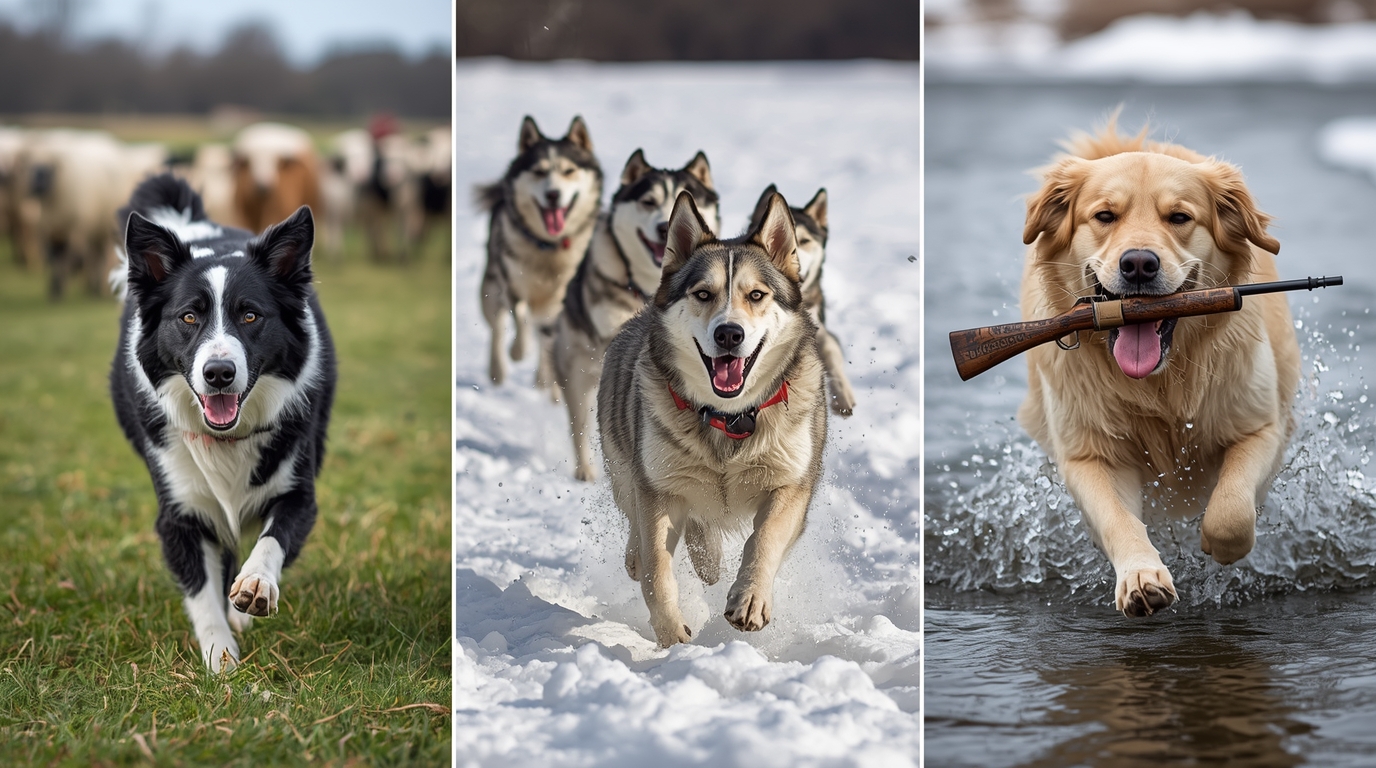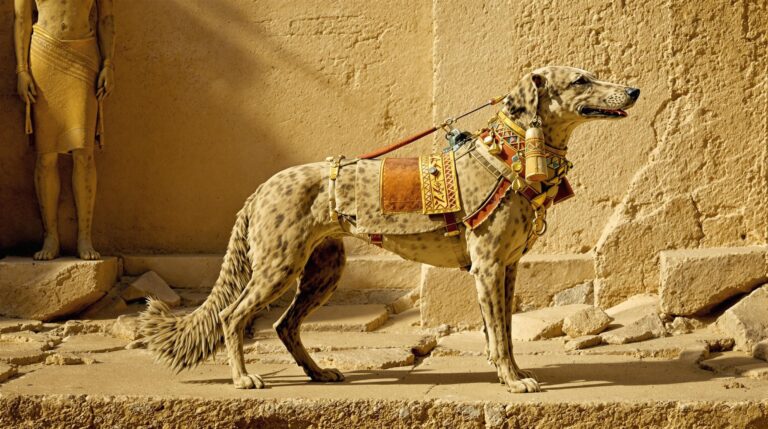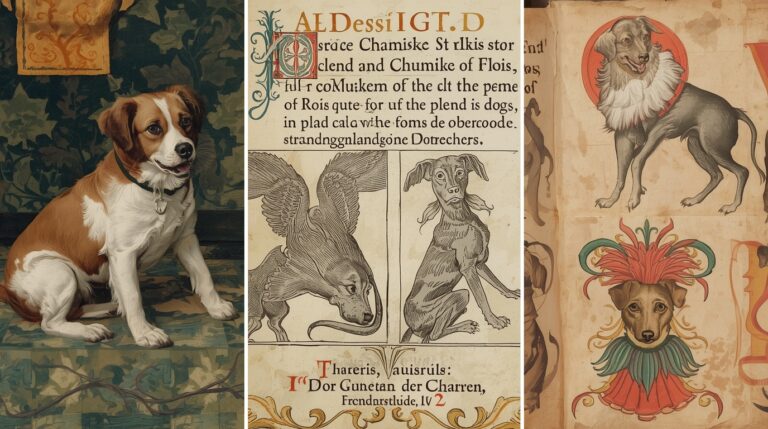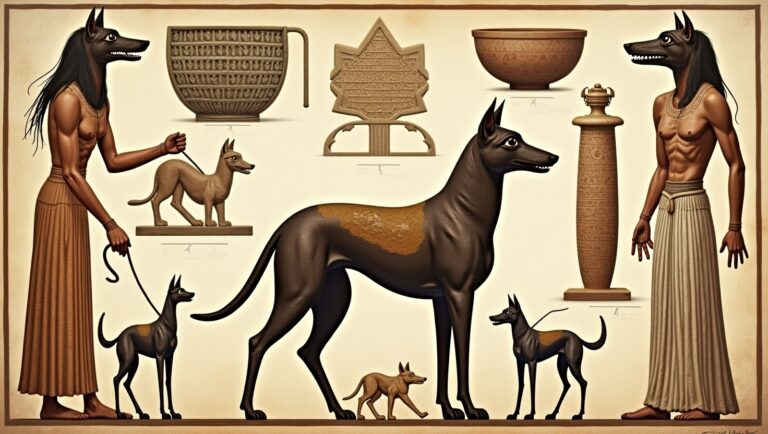History of Working Dogs (Shepherds, Sled Dogs, Retrievers)

Early Domestication and Human-Dog Partnership
Dogs are the first domesticated species. Archaeological remains from as early as 14,000 BCE show dogs buried alongside humans. Initially scavengers, wolves evolved into early working companions, guarding camps and assisting in hunts.
From Wolves to Work Companions
Genetic mutation and selection created dogs with traits favoring cooperation. Humans noticed their keen senses and trainability, leading to early task-specific roles like guarding, hauling, and herding.
What Defines a Working Dog?
A working dog is bred and trained to perform tasks that assist humans — including herding, retrieving, guarding, pulling, detecting, and rescuing.
Breed Characteristics and Task Adaptations
Each working breed has been developed with traits to support a function: endurance in Huskies, focus in Collies, strength in Malamutes, and precision in Retrievers.
Herding Dogs: Guardians of Livestock
Origin of Shepherd Breeds
Herding dogs emerged during the Neolithic Revolution (about 12,000 years ago) when humans began domesticating livestock. Dogs helped manage large herds and protected them from predators.
Border Collie: Master of Intelligence
Known as the world’s most intelligent dog, the Border Collie originated in Britain. With intense eye contact and high responsiveness, it’s still the gold standard for sheep herding.
German Shepherd: The Versatile Defender
First bred in Germany in the late 1800s, German Shepherds combined intelligence, strength, and trainability. Initially herders, they are now also police, military, and service dogs.
Belgian Malinois: Precision and Obedience
The Belgian Malinois, lighter and more agile than the German Shepherd, is a modern-day workhorse used in elite military units such as U.S. Navy SEALs due to their focus and fearlessness.
also read this The History of Dog Breeds
Geography and Herding Evolution
Herding traits were shaped by terrain:
- Mountain Shepherds like the Great Pyrenees needed independence to protect flocks in isolation.
- Plains Herding Dogs relied on agility and commands to manage herds over vast distances.
Sled Dogs: Survival in Frozen Frontiers
History of Arctic Dog Sledding
Dog sledding began over 4,000 years ago with indigenous Arctic peoples like the Inuit, Chukchi, and Samoyed. Dogs provided transportation, warmth, and hunting aid.
Alaskan Malamute: The Power Puller
Malamutes, descendants of ancient Arctic dogs, are built for power over speed. Used for hauling heavy loads, they are named after the Mahlemut tribe of Alaska.
Siberian Husky: Speed and Endurance
Huskies are descendants of the Chukchi sled dogs. Smaller and faster than Malamutes, they gained global fame with the 1925 “Serum Run” when a team led by Balto delivered life-saving diphtheria serum.
Inuit Dogs and Indigenous Sled Teams
Inuit sled dogs served critical roles in sub-zero hunting expeditions. Bred for resistance to cold and loyalty, they were culturally respected members of the tribe.
Cultural Roles of Sled Dogs
Dogs in Exploration: Amundsen and Balto
Roald Amundsen’s expedition to the South Pole succeeded largely due to sled dogs. Meanwhile, Balto, a Siberian Husky, became a symbol of heroism and endurance in medical delivery.
Retrievers: Partners in the Field and Water
Retrievers were developed for hunting game birds, especially in marshy and coastal environments.
Labrador Retriever: All-Purpose Favorite
Labradors, originating from Newfoundland, were water dogs used by fishermen. Their soft mouth and trainable nature made them ideal field retrievers and service dogs.
Golden Retriever: Grace in the Field
Golden Retrievers were bred in Scotland for retrieving downed birds over long distances. Known for their obedience, gentleness, and love of water, they’re now a top family and working breed.
Chesapeake Bay Retriever: Tough and Tactical
Developed in Maryland, the “Chessie” was designed to retrieve ducks in icy waters. Their wavy coats and strong jaws make them resilient and efficient.
Functional Breeding and Specialization
Working dogs are the result of centuries of selective breeding, emphasizing:
- Endurance (e.g., Huskies)
- Intelligence (e.g., Border Collies)
- Power (e.g., Malamutes)
- Precision (e.g., Retrievers)
St. Bernard and Alpine Rescue Dogs
The Monks of the St. Bernard Pass
The St. Bernard originated in the Alps, used by monks at the Great St. Bernard Hospice for locating lost travelers in snowstorms.
Barry the Legendary Rescuer
Barry, a 19th-century St. Bernard, reportedly saved over 40 people. His bravery is honored in Swiss monuments and museums.
Evolution of Dog Work Through Centuries
Dogs moved from ancient tools to trained specialists, from Mesopotamian shepherds to Victorian gundogs. As societies evolved, so did the jobs for dogs.
Working Dogs in War and Service
K9 Military History
Dogs have fought alongside humans since Roman times. In WWI and WWII, they were used for messenger duties, mine detection, and guarding.
Dogs in Search and Rescue (SAR)
Breeds like German Shepherds and Labradors are trained to find people in disaster zones — such as after earthquakes or avalanches.
Modern Utility: Beyond the Farm
Working dogs now assist in:
- Bomb detection
- Drug-sniffing
- Disease detection (e.g., cancer, COVID-19)
- Autism and seizure assistance
Genetic Legacy and Intelligence
Working dogs often score highest on canine intelligence tests. Border Collies, for instance, can learn up to 1,000 commands, while Labradors excel in problem-solving and scent work.
Human Dependence on Working Dogs
From agriculture to warfare, working dogs have been indispensable. Even today, many industries and governments rely on them for safety, efficiency, and companionship.
Training Methodologies and Intelligence Testing
Effective training uses positive reinforcement, task repetition, and instinctual engagement. Intelligence varies across breeds and must be matched to the job.
Global Spread of Working Dogs
Working breeds evolved across regions:
- British Isles: Border Collies, Retrievers
- Nordic: Huskies, Malamutes
- Central Europe: German Shepherds, Malinois
- USA: Chesapeake Bay Retriever
Working Dogs in Pop Culture and History
Famous dogs have inspired generations:
- Rin Tin Tin (WWI rescue)
- Lassie (collie TV icon)
- Balto (Arctic hero)
- Lucca (U.S. Marine dog awarded medals)
Challenges Facing Working Breeds Today
Overbreeding, Inactivity, and Behavioral Decline
Popular breeds often suffer from poor breeding practices. Lack of stimulation leads to destructive behavior and health issues.
Preservation vs. Commercialization
Maintaining working standards without compromising breed health or promoting unsustainable demand is a challenge for modern breeders.
Conclusion: A History Still in Motion
Working dogs continue to evolve with us. Whether herding sheep, pulling sleds, or finding survivors in rubble, they reflect the best of human-animal collaboration. Their past is heroic, and their future is vital.





